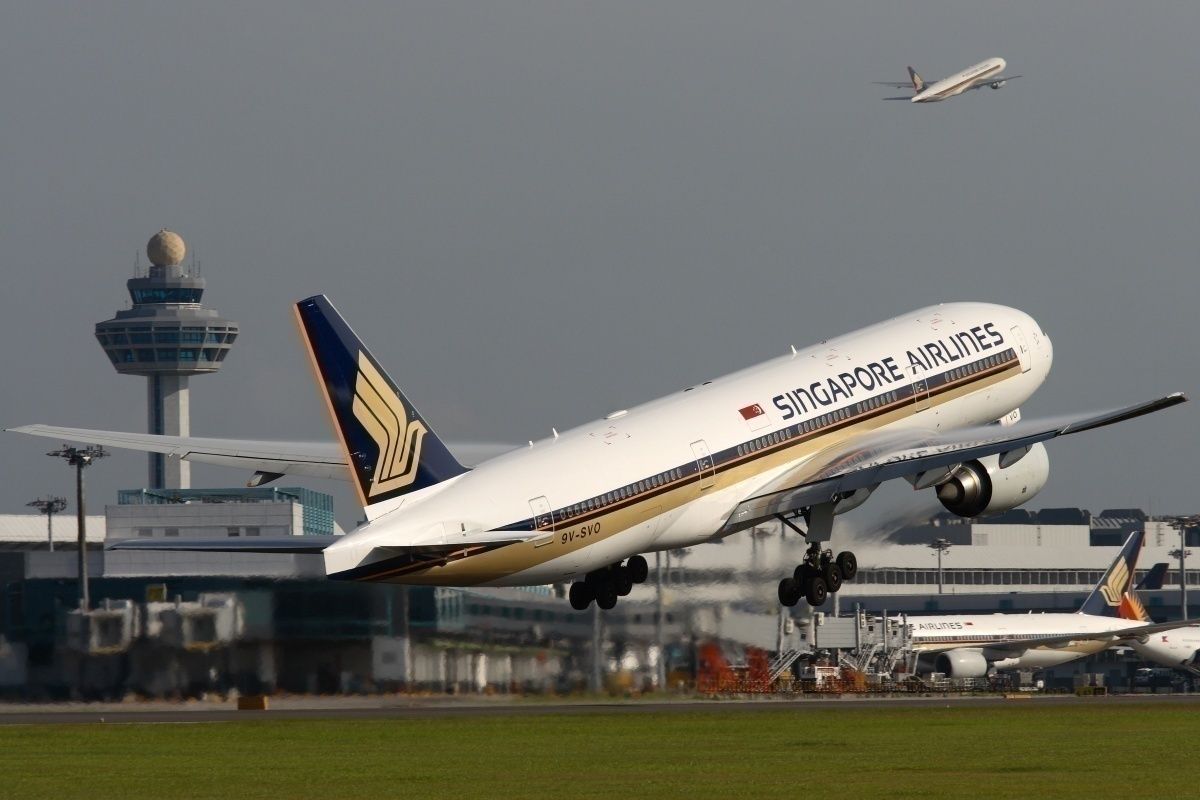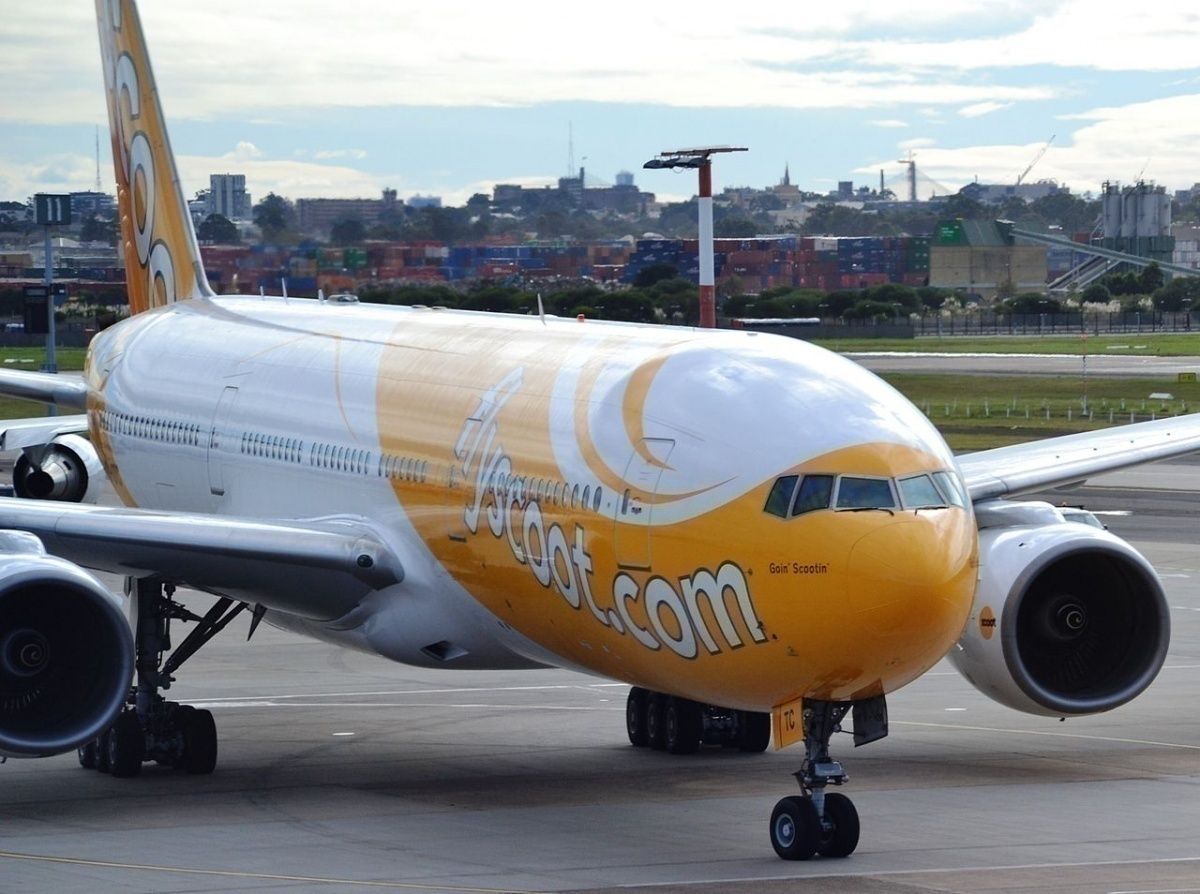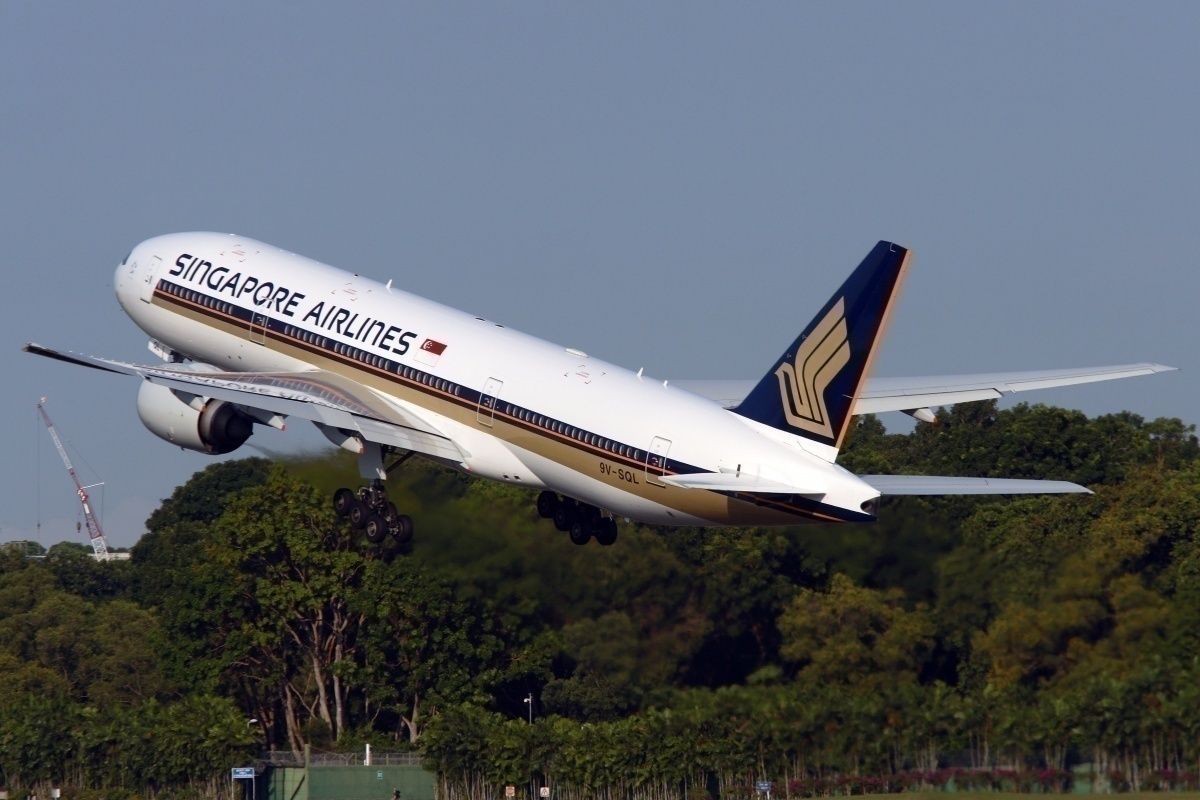Singapore Airlines has confirmed what was widely acknowledged; ongoing service cancellations will impact the airline's financial performance. On Wednesday, 15 April, Singapore Airlines released its March performance measurements, and it doesn't make for pretty reading. Overall, the Singapore Airlines Group saw a 64.8% decline in passenger numbers.
Singapore Airlines has already canceled the majority of its flights. As noted in Reuters, unless border controls are lifted in both Singapore and destination ports, further cuts can be expected.
Since the end of March, short term and transit passengers have been prohibited from passing through Singapore.
The pain is felt across the entire Singapore Airlines Group
The wider Singapore Airlines Group is comprised of Singapore Airlines, SilkAir, and Scoot. Across multiple metrics, the Group saw substantial drops in its numbers. The Group carried 3,111,000 passengers in March 2019, however, in March 2020, the Group carried 1,096,000 passengers. This represents a decline of 64.8%. Load factors dropped from 81.5% to 57.4%, a drop of 24.1 points.
The pain was felt across the entire Singapore Airlines Group. Scoot, the regional low-cost carrier with 51 aircraft saw its monthly year on year passenger numbers fall from 914,000 to 318,000. That's a decline of 65.2%. Load factors fell from 85.5% in March 2019 to 69.5% in March 2020, a drop of 16.0 points.
The smallest airline in the Singapore Airlines Group is SilkAir, a full-service regional carrier with 33 aircraft that supplements mainline Singapore Airlines operations. SilkAir's passenger numbers fell 72.0% from 403,000 in March 2019 to 113,000 in March 2020. The airline's load factors fell from 75.4% to 52.4%, a drop of 23.0 points.
Attention focuses on Singapore Airlines
But most of the attention will be on the mainline Singapore Airlines operation. The globe-trotting airline is usually a familiar sight at airports around the world. Maybe a little less so these days. In March 2019, Singapore Airlines flew 1,794,000 passengers around the globe on its 139 aircraft. Twelve months later, that figure was 665,000 passengers, a fall of 62.9%. Passenger loads fell from 81.0% to 55.7%, a drop of 25.3 points.
Breaking those Singapore Airlines load factors down further and delving into the regions, loads were lightest in East Asia in March. Passenger loads in East Asia fell 43.2% points to 39.5% in March 2020. The best loads were in the southwest Pacific. The monthly year on year loads in that region fell just 14.2 points from 79.6% to 65.4%. In Europe, Singapore Airlines' load factors were down 20.4 points, and in the Americas, the load factors were down 26.1 points.
When announcing the results, Singapore Airlines said in a statement;
"In the fourth quarter of the financial year 2019-20, the SIA group confronted the greatest challenge in its history due to the global COVID-19 outbreak, which had an unprecedented impact on its business."
Future assured despite further capacity cuts flagged
Across the wider Singapore Airlines Group, only about 10 aircraft are still flying. Some 98% of Scoot's flights are suspended. At SilkAir and Singapore Airlines, the figure is around 96%. The Group appears pessimistic about any short term relief and is flagging further cuts.
While the Group's planes might be going nowhere, the future of Singapore Airlines is assured after the Group raised some USD$14.5 billion to see it through the current crisis. The majority owner, state-fund Temasek Holdings, is underwriting the sale of stock and bonds to the value of USD$10.5 billion. A further USD$3 billion is being loaned to the airline by DBS Group, Singapore's largest bank.
That little piggy bank should see the Singapore Airlines Group safely through the darkest hours.



